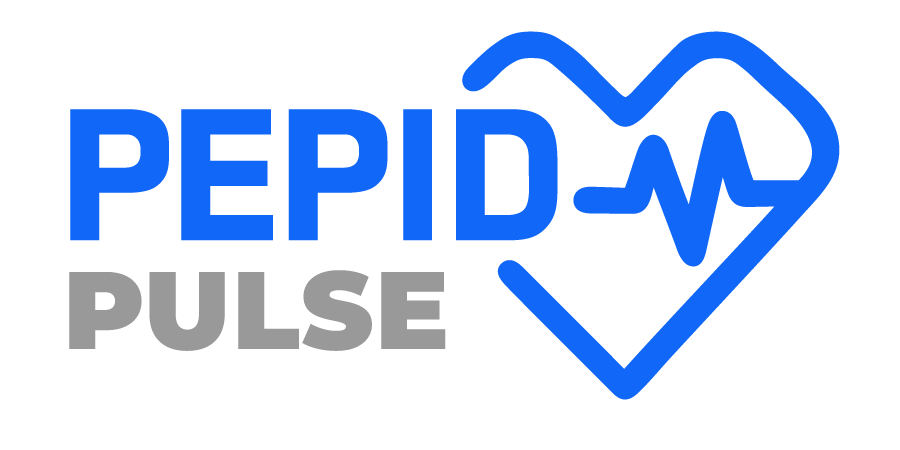Is the consolidation of health care and its bureaucracy getting in the way of patient treatment and physician happiness?
Health care professionals know that the system in which they work has become more complex than ever before. Health care policy, insurance, bureaucracy, and regulation have proved themselves to be endless burdens on not only patient treatment but on the provider as well.
In 2017, there were 115 hospital system mergers in the United States, a 13% increase from the previous year (Warren 2019). This has been a growing trend in the health care industry usually with the intent of maximizing profit or system simplification. But time and time again it is proven that mergers make life more difficult for everyone. In theory, one big system with one big electronic medical record, streamlining provider to provider is wonderful. However, it is when efficiency is prioritized over outcome we start to see provider happiness and treatment results start to falter. A 2016 survey by the Physician’s Foundation revealed that only 14% of the physicians surveyed had the necessary time to provide the level of care that they strive to achieve (Vento, Cainelli & Vallone 2018).

The Shift From Self-employed
When did the modern trend of bureaucracy start in the health care field? One could perhaps draw its roots to the decline of private practice originating in the 1980s. Since then, more and more private practices have closed until we reached 2018 when the percentage of hospital-employed physicians surpassed the percentage of self-employed for the first time (Henry 2019).
Inconsistency & Disconnect
David Chan, a fellow at Stanford oncology, describes the decline in private practice as a major headache for patients. Chan states that not only is it more difficult to get an appointment with an employed physician than it is with one in private practice, but once that appointment has been made you are far more likely to see an NP or PA. It is not at all that you will receive less quality care, but it is more the inconsistency that is the issue. Chan writes that patients “experience a lack of a more personal touch and connection to [the provider] which may make patients less compliant with taking their medications, losing weight and exercising; all of the things that reduce serious chronic illness” (Chan 2017). Further, the decline of private practice is associated with reduced patient choice in location and type of treatment (Warren 2017).
It is clear how the consolidation of health care may affect patients, but what about providers? After all, the patients are the demand, but the providers are the supply. Well, let’s discuss physician burnout. The infamous he-who-shall-not-be-named. We all know the statistics. About half of physicians feel a significant burn-out event at least once during their careers (Vento et. Al 2018). For this discussion, it’s not necessarily about the specific ‘what’ about physician burnout as much as it is the ‘why.’
The Shift From Self-employed
According to the American Academy of Family Physicians, two of the main causes of burnout are effects imposed by bureaucratic supervision or policy and rigor of medical education (Drummond 2015). One such example of that bureaucratic effect is that 60% of physicians experience reduced patient interaction due to responsibility to electronic medical records. This is connected to medical education. Published studies have found that residents spend more time using a computer than they do with patients. Vento et. al writes that “Young clinicians must abandon the idea that not adhering strictly to guidelines implies being sentenced in court, and should not think that guidelines are a magic bullet for all healthcare issues” (Vento et. al 2018). It is clear that the issues that are burdening physicians are being infringed upon them from the very start of their careers.
60%
of physicians experience reduced patient interaction due to responsibility to electronic medical records.
Inconsistency & Disconnect
Another cited cause of physician burnout is the increased responsibility placed upon physicians, especially when it comes to accountability. There is absolutely no question that those who enter the medical field should be able to guarantee quality results due to their extensive training and elite skill level. However one could say that we are too quick to throw the physician under the bus, especially when $45 billion is spent every year in the name of defensive medicine. One thing we often neglect to think about in a malpractice lawsuit is the psychological effect it has on the provider. A study by Laurent et. al showed that trauma related to being accused of negligent medical care can have a variety of behavioral and physical symptoms, including the tendency to engage in defensive medicine (Laurent et al 2014). There is not a sufficient support system for these doctors, even if the mistake in question was an honest one.
The evolution of medicine throughout the centuries is truly amazing. Today, we find ourselves in a society where healthcare is unfortunately not quite the art that it used to be. Instead, healthcare functions as another capitalist business that is subject to governmental regulation and capitalist-based management, which translates into bureaucratic force. Unfortunately, we have reached the point where that force has become so powerful that it clearly has harmful impacts on patients and providers alike.

The evolution of medicine throughout the centuries is truly amazing. Today, we find ourselves in a society where healthcare is unfortunately not quite the art that it used to be. Instead, healthcare functions as another capitalist business that is subject to governmental regulation and capitalist-based management, which translates into bureaucratic force. Unfortunately, we have reached the point where that force has become so powerful that it clearly has harmful impacts on patients and providers alike.
Written by Henry Burton
References
Warren, Raechel N. (2019) “What About the Patient? The Effects of Mergers and Acquisitions in the Hospital Industry on Patient Care.,” SUURJ: Seattle University Undergraduate Research Journal: Vol. 3, Article 10
Vento, S., Cainelli, F., & Vallone, A. (2018). Defensive medicine: It is time to finally slow down an epidemic. World journal of clinical cases, 6(11), 406–409. https://doi.org/10.12998/wjcc.v6.i11.406
Henry, T. (2019). Employed physicians now exceed those who own their practices. American Medical Association
Chan, D. (2017, May 4). The Consequences of the Decline of Private Practice Physicians to U.S. Healthcare. Forbes
Drummond, D. (2015). Physician Burnout: Its Origin, Symptoms, and Five Main Causes. Family Practice Management
Laurent A, Aubert L, Chahraoui K, Bioy A, Mariage A, Quenot JP, Capellier G. Error in intensive care: psychological repercussions and defense mechanisms among health professionals. Crit Care Med. 2014;42:2370–2378


